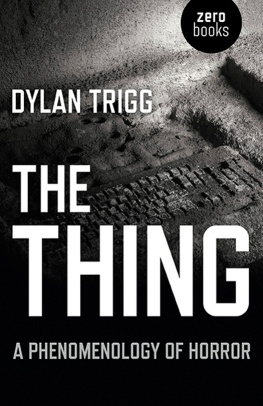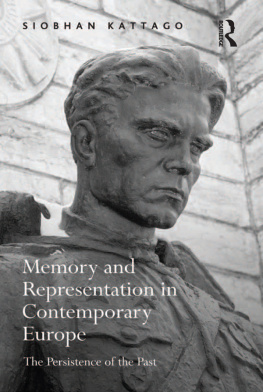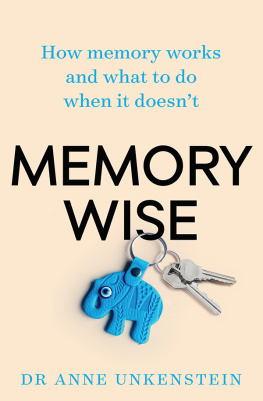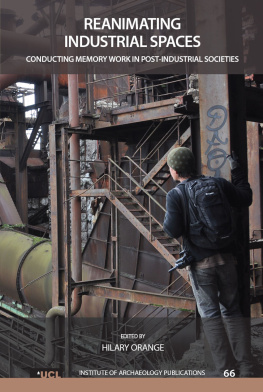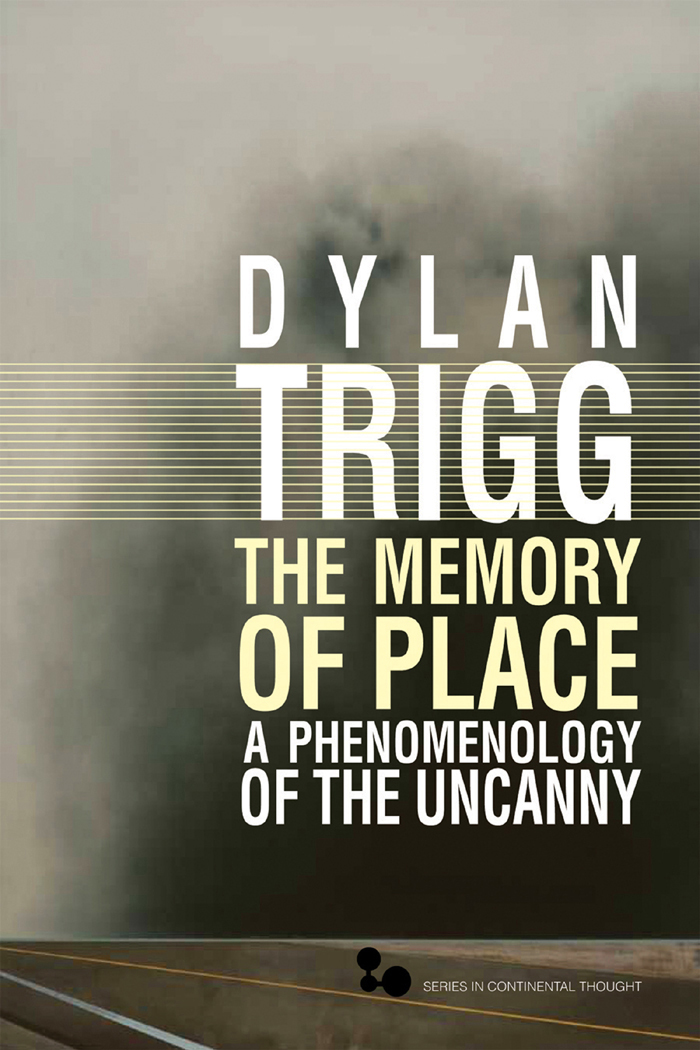Dylan Trigg - The Memory of Place: A Phenomenology of the Uncanny
Here you can read online Dylan Trigg - The Memory of Place: A Phenomenology of the Uncanny full text of the book (entire story) in english for free. Download pdf and epub, get meaning, cover and reviews about this ebook. year: 2012, publisher: Ohio University Press, genre: Science. Description of the work, (preface) as well as reviews are available. Best literature library LitArk.com created for fans of good reading and offers a wide selection of genres:
Romance novel
Science fiction
Adventure
Detective
Science
History
Home and family
Prose
Art
Politics
Computer
Non-fiction
Religion
Business
Children
Humor
Choose a favorite category and find really read worthwhile books. Enjoy immersion in the world of imagination, feel the emotions of the characters or learn something new for yourself, make an fascinating discovery.

- Book:The Memory of Place: A Phenomenology of the Uncanny
- Author:
- Publisher:Ohio University Press
- Genre:
- Year:2012
- Rating:4 / 5
- Favourites:Add to favourites
- Your mark:
The Memory of Place: A Phenomenology of the Uncanny: summary, description and annotation
We offer to read an annotation, description, summary or preface (depends on what the author of the book "The Memory of Place: A Phenomenology of the Uncanny" wrote himself). If you haven't found the necessary information about the book — write in the comments, we will try to find it.
From the frozen landscapes of the Antarctic to the haunted houses of childhood, the memory of places we experience is fundamental to a sense of self. Drawing on influences as diverse as Merleau-Ponty, Freud, and J. G. Ballard, The Memory of Place charts the memorial landscape that is written into the body and its experience of the world.
Dylan Triggs The Memory of Place offers a lively and original intervention into contemporary debates within place studies, an interdisciplinary field at the intersection of philosophy, geography, architecture, urban design, and environmental studies. Through a series of provocative investigations, Trigg analyzes monuments in the representation of public memory; transitional contexts, such as airports and highway rest stops; and the ruins of both memory and place in sites such as Auschwitz. While developing these original analyses, Trigg engages in thoughtful and innovative ways with the philosophical and literary tradition, from Gaston Bachelard to Pierre Nora, H. P. Lovecraft to Martin Heidegger. Breathing a strange new life into phenomenology, The Memory of Place argues that the eerie disquiet of the uncanny is at the core of the remembering body, and thus of ourselves. The result is a compelling and novel rethinking of memory and place that should spark new conversations across the field of place studies.
Edward S. Casey, Distinguished Professor of Philosophy at Stony Brook University and widely recognized as the leading scholar on phenomenology of place, calls The Memory of Place genuinely unique and a signal addition to phenomenological literature. It fills a significant gap, and it does so with eloquence and force. He predicts that Triggs book will be immediately recognized as a major original work in phenomenology.
Dylan Trigg: author's other books
Who wrote The Memory of Place: A Phenomenology of the Uncanny? Find out the surname, the name of the author of the book and a list of all author's works by series.

